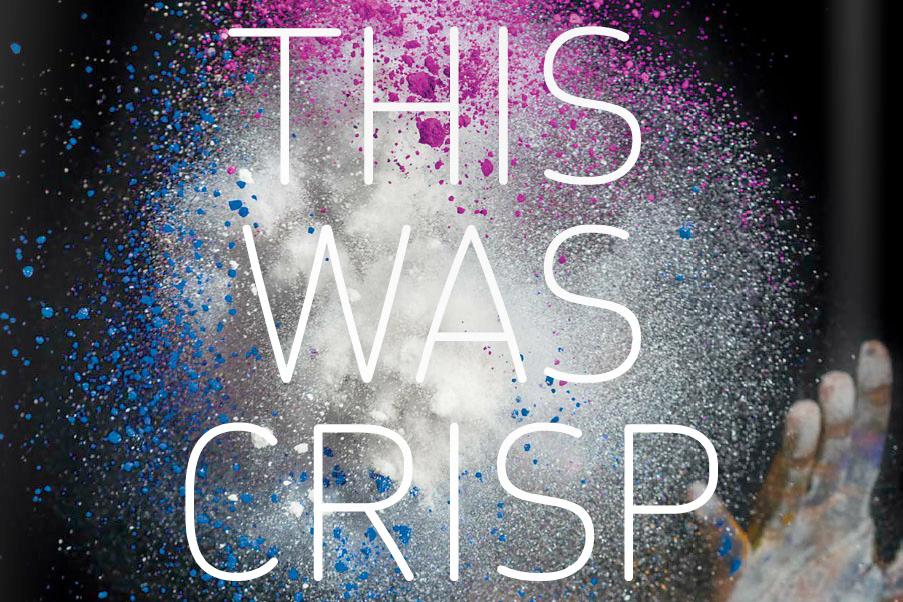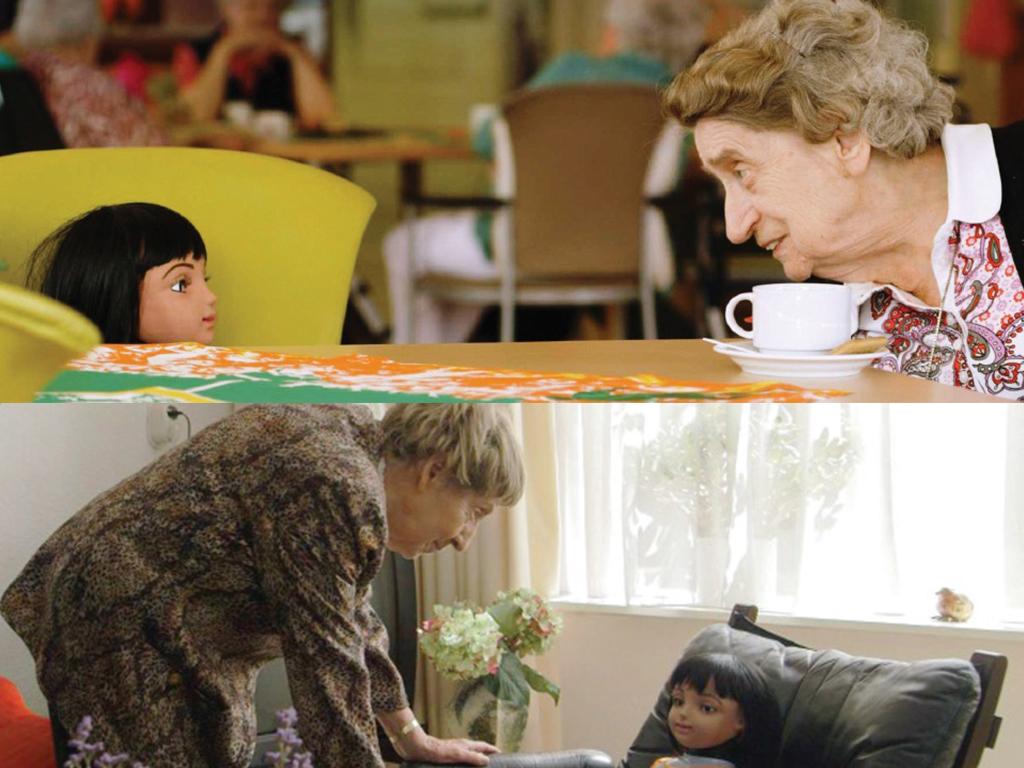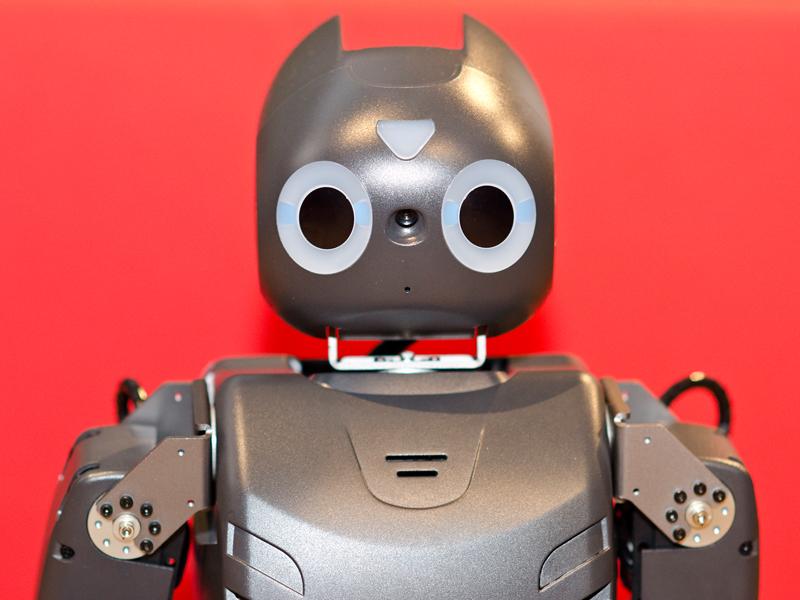Thursday the 18th of June was the final event of CRISP: the Creative Industries Scientific Programme. Over the past four years, CRISP focused on the design of Product Service Systems (PSSs) in tackling societal challenges. Now it was time to reflect and share the lessons learned. (Not sure what a PSS is? Gijs Ockeloen created a visual guide ‘PSS for Dummies’ especially for CRISP.)
The event took place in the Van Nelle Factory in Rotterdam, which was – in the words of Mrs. Hammersma – the perfect place to celebrate the joint effort of researchers, designers, users, and industry leaders. The factory was designed as Gesamtkunstwerk, where arts and crafts where integrated to create a pleasant working environment. This fits well with the ambition of CRISP: maximizing the value that research and design add to society.
In short, four themes emerged during CRISP – or rather, four skills designers of the 21st century should understand and master (and be educated in!). First, PSS design is about enabling evolving relationships between the user/consumer and the provider. Growing long-term relationships takes time and continuous steering, which leads to the second theme: orchestration. In order to grow a PSS, it is important to build involvement and common ground among all partners. Third, as PSS design processes are not linear, embracing complexity is key in creating successful PSSs. This requires flexibility in design and the ability to let go the need of control. The fourth and last theme is strategic value, meaning that designers are often the main actor in facilitating innovation directions today. Key capacities of design professionals are the ability to inspire others to think and act differently, and to make intangible ideas tangible by visualizing of prototyping things that don’t exist (yet).
Some quotes/highlights of the day:
- “Stop looking at what worked yesterday, we know that already.” What is more important: what will work tomorrow? Research should be more experimental – and not (only) analytical – in order to innovate.
- “Focus in design is shifting: from designing objects to designing processes.” Design nowadays is more and more about creating guidelines for change.
- “Think inside the box!” Constraints are important to stir creativity. There are often a lot of skills and knowledge within project groups: use them well.
- “There is a need for ‘highly educated’ designers with a researcher’s mind.” If a designer is not truly interested in its end user(s), it’s not a good designer. The combination of design and research should not only exist within project groups, but (preferably) within a person.
Paul Hekkert closed off the day with an announcement on CRISP 2.0. Although there is no funding arranged yet, “Stopping is not an option,” according to the board. It is now time to implement the lessons learned, and of course, to continue learning. Focus in CRISP 2.0 will not be on Product Service Systems. The theme will be ‘Design for Consequences’, which refers to the often indirect, profound impact of design(ers) on society. Ethics and responsibility will be explored in the context of behavioural change and design for wellbeing for example. CLICK NL announced to take the lead in taking the next step(s) to make CRISP 2.0 happen.
Also at Waag we will build upon the insights we have gained, and think of new projects that can contribute to knowledge development of CRISP.


